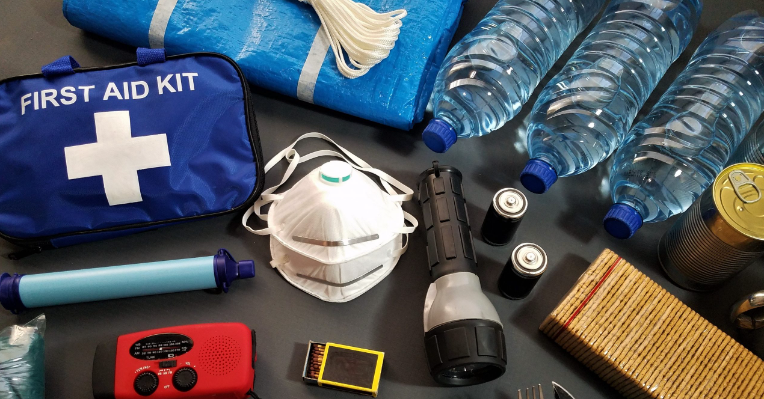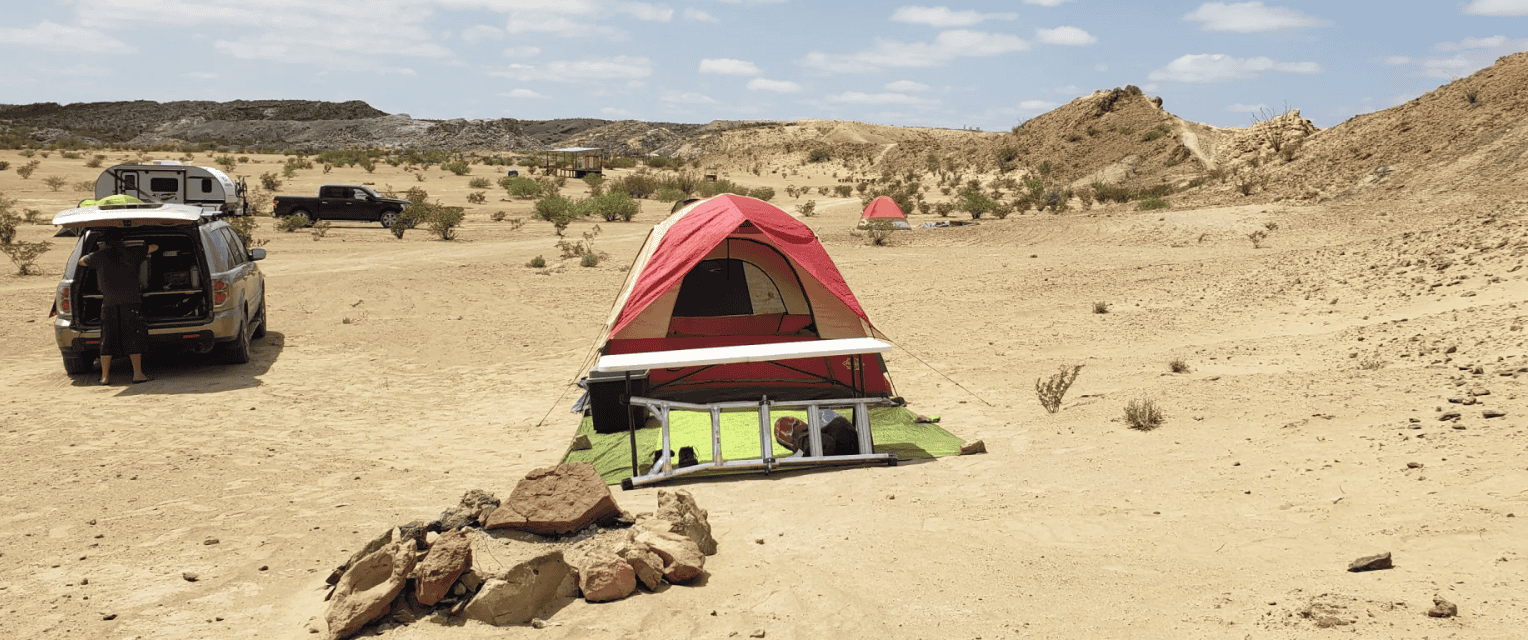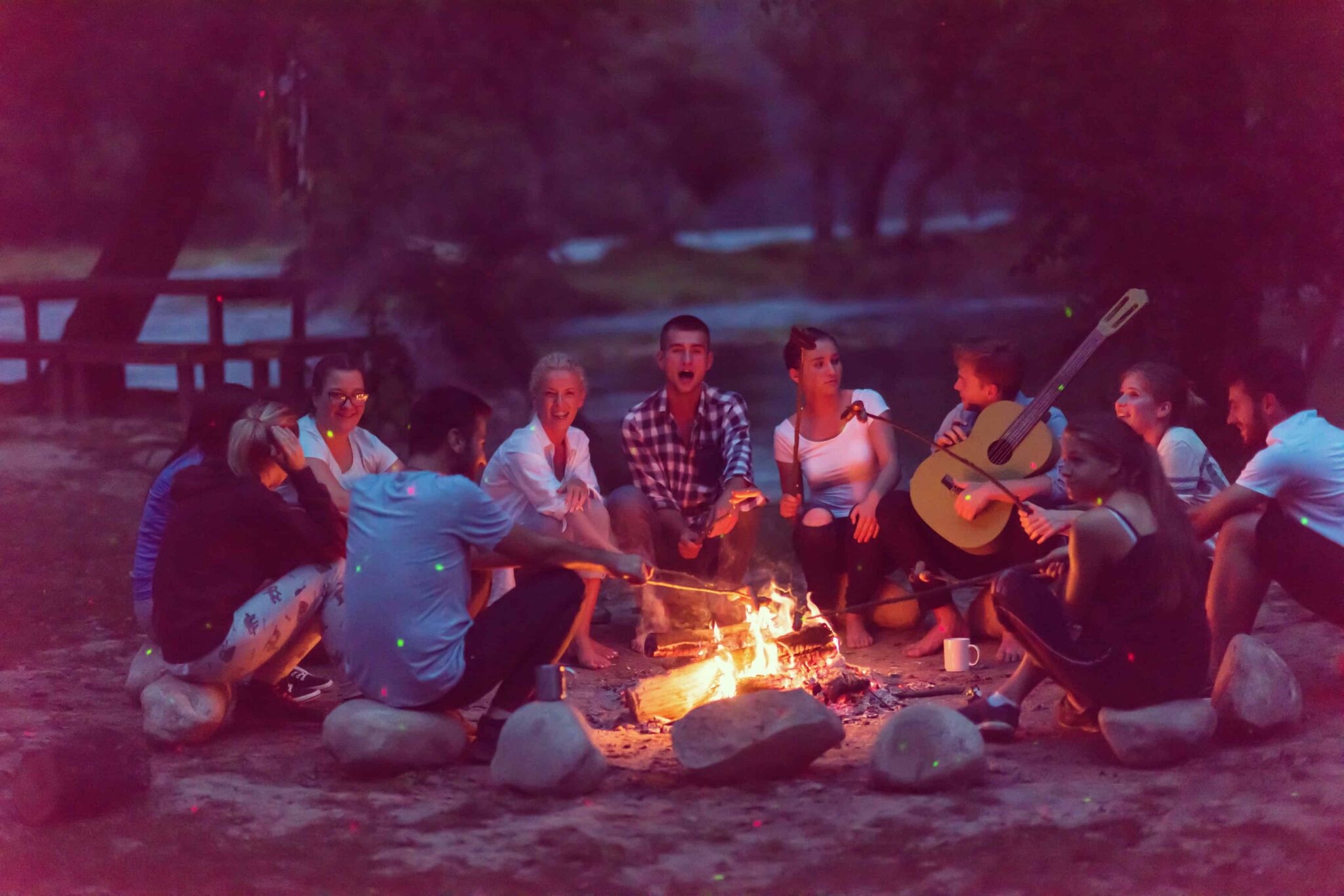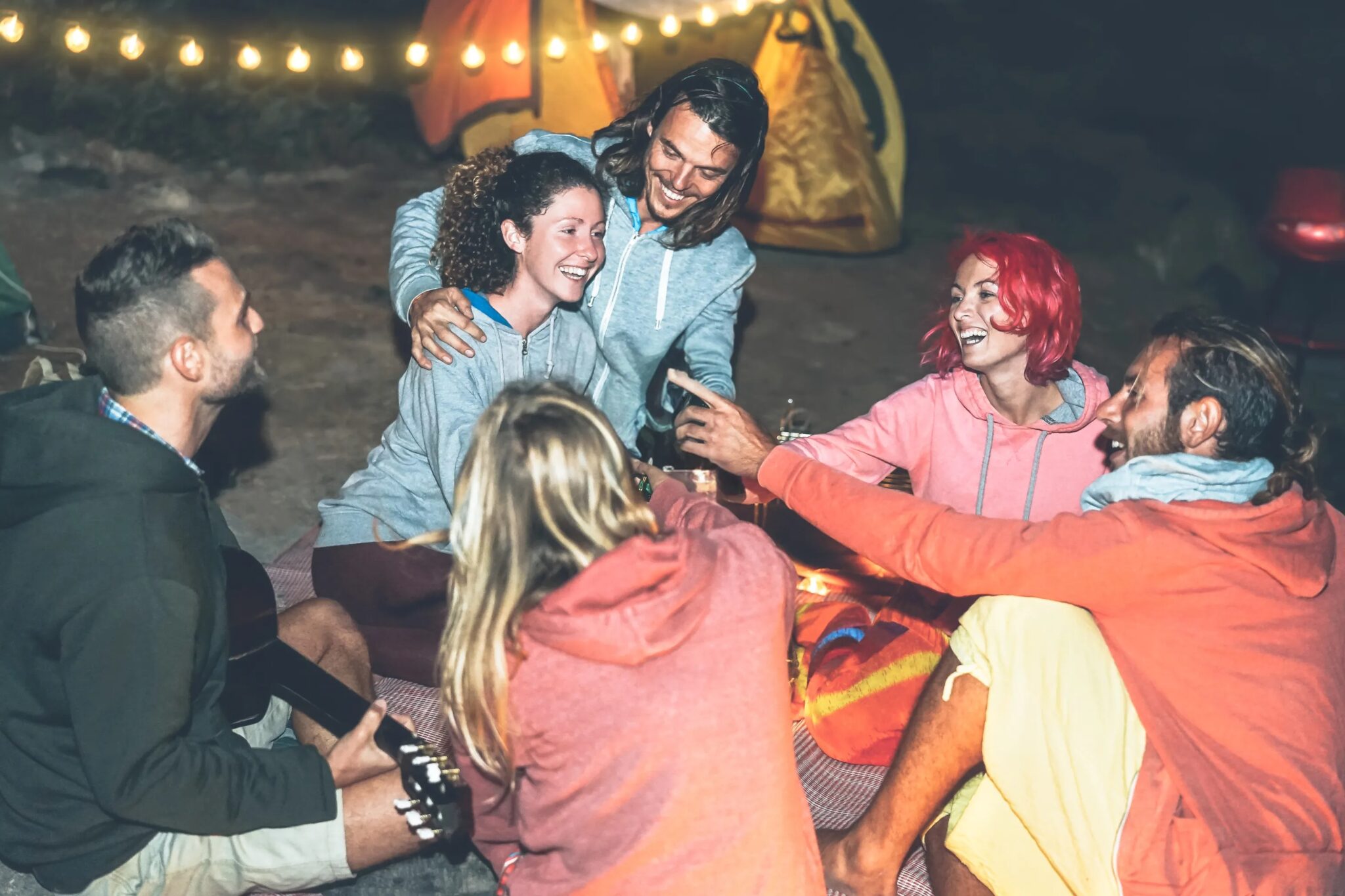Ever thought about camping in the desert but not sure where to start? You’re in the right place. This comprehensive guide on desert camping tips will help you prepare for an unforgettable experience.
Desert Camping Tips
Master the art of desert camping with these practical and safety-focused tips. From preparation and gear essentials to survival strategies, ensure your adventure is both safe and enjoyable.
Planning Your Trip
When it comes to camping in the desert, timing is everything. The desert climate can be extreme, with scorching hot days and freezing nights.
- Best Time for Desert Camping: Aim for the cooler months, typically from late fall to early spring. For instance, visiting the Wadi Rum desert in Jordan is ideal during March to April or October to November to experience the best of Bedouin life.
- Popular Desert Locations: Consider places like the Mojave Desert, Sahara Desert, or the Australian Outback. Each offers unique landscapes and experiences.
Understanding the desert environment is crucial.
- Extreme Temperatures: Be prepared for significant temperature swings. Daytime temperatures can soar, while nights can be surprisingly cold.
- Limited Water Sources: Water is scarce, so plan accordingly. Always carry more water than you think you’ll need.
- Desert Wildlife Precautions: Be aware of creatures like snakes and scorpions. Always check your shoes and sleeping area before use.
Essential Gear and Equipment

Packing the right gear can make or break your desert camping trip.
- High-Quality Tent: Look for one that can withstand high winds. A dome-shaped tent is ideal as it allows the wind to blow around it rather than through it.
- Sleeping Bag: Choose one suitable for cold nights. Desert temperatures can drop significantly after sunset.
- Sun Protection: Wide-brimmed hat, sunglasses, and sunscreen are non-negotiable. The desert sun is intense and can lead to severe sunburns.
- Navigational Tools: GPS device and a physical map. Don’t rely solely on electronic devices; always have a backup.
Clothing Tips for Extreme Temperatures
- Layering: Wear breathable layers you can add or remove. This helps in adjusting to the temperature fluctuations.
- Footwear: Sturdy boots to protect against rough terrain and wildlife. They also provide ankle support on uneven ground.
- Light-Colored Clothing: Helps reflect sunlight and keep you cool. Dark colors absorb heat, making you feel hotter.
Safety Precautions

Staying hydrated in the desert is one of the most critical aspects of your trip.
- Water Intake: Plan to drink at least one gallon of water per person per day. Dehydration can set in quickly in arid environments.
- Water Storage: Carry extra water containers and consider water purification methods. In case of emergencies, you’ll have a backup supply.
- Electrolytes: Bring electrolyte tablets to replenish salts lost through sweat. They help in maintaining the body’s balance.
Dealing with Desert Wildlife
- Snake Safety: Wear boots and watch where you step. Snakes often seek shade during the day.
- Insect Precautions: Use insect repellent and shake out your shoes before wearing them. Scorpions and spiders can hide in them.
- Wildlife Encounters: Observe from a distance and avoid feeding animals. Feeding wildlife can disrupt their natural behavior.
Navigational Tools and Skills
- GPS Devices: Always carry a reliable GPS. Ensure it’s fully charged and consider bringing extra batteries.
- Physical Maps: Don’t rely solely on technology; have a backup. Maps don’t run out of battery.
- Tell Someone: Inform friends or family about your itinerary. In case of emergencies, someone knows where you are.
Survival Skills

Finding Shelter
In an emergency, knowing how to find or build shelter is essential.
- Natural Shelters: Use rock formations or caves (ensure they are safe). They can provide shade and protection from the elements.
- Improvised Shelters: Use a tarp or blanket to create shade. Setting up a simple canopy can make a significant difference.
Emergency Preparedness
- First Aid Kit: Include items specific to desert hazards. Think about snake bite kits and burn ointments.
- Emergency Signals: Carry a mirror or whistle to signal for help. In vast open spaces, these can be lifesavers.
- Stay Calm: In a crisis, keeping a clear head is your best asset. Panic can lead to poor decision-making.
Making the Most of Your Experience

Activities to Enjoy
- Star Gazing: Deserts offer some of the clearest night skies. The lack of light pollution makes for breathtaking views.
- Photography: Capture the stunning landscapes. The unique terrain provides endless photo opportunities.
- Hiking: Explore trails but stay on marked paths. This ensures safety and preservation of the environment.
Leave No Trace Principles
- Pack It In, Pack It Out: Take all your trash with you. Leaving waste can harm wildlife and the ecosystem.
- Stay on Trails: Prevent damage to fragile ecosystems. Off-trail hiking can lead to erosion and habitat destruction.
- Respect Wildlife: Observe animals without disturbing them. Remember, you’re a guest in their home.
Conclusion
Embarking on a desert camping trip is an adventure like no other. By following these desert camping tips, you’re well on your way to a safe and memorable experience. So, grab your gear, plan your trip, and embrace the desert’s beauty—your adventure awaits!



